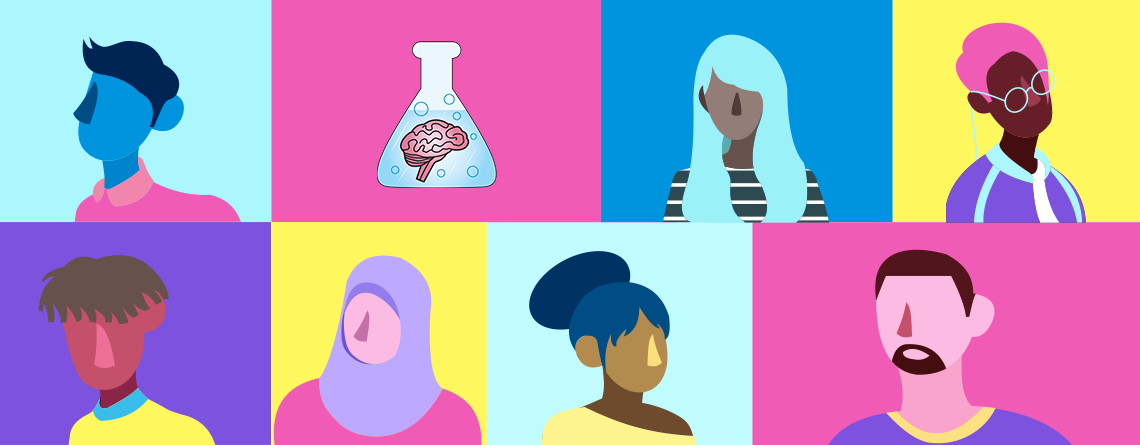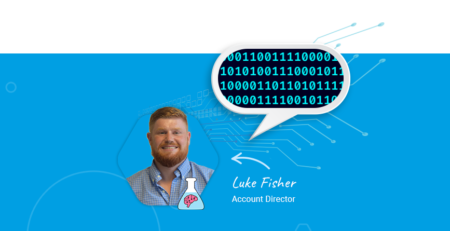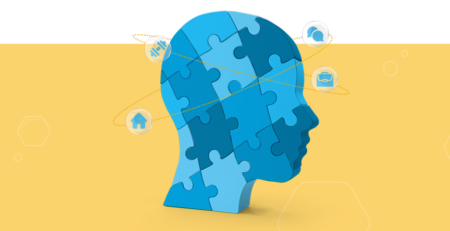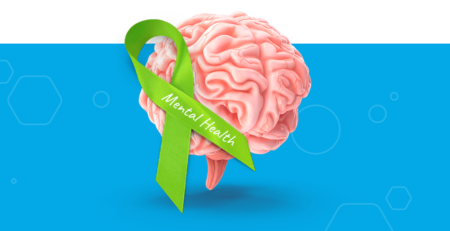How to improve diversity and inclusion in the workplace during COVID-19 and beyond
The whole of humanity is currently united in a shared experience, fighting against a virus that doesn’t appear to discriminate.
And yet, there is plenty of evidence that crises like this one affect various communities in different ways, amplifying existing inequalities.
To name just a few examples: ethnic minorities are disproportionately affected and are more at risk of being critically ill, women shoulder increased burdens of unpaid care work and suffer from increased rates of domestic abuse in lockdown, and those suffering from pre-existing health conditions are facing the greatest risks.
Diversity and inclusion matter more than ever right now
There is plenty of well-researched evidence showing that demographic and psychological diversity drive innovation, productivity, and enhanced financial performance.
It therefore goes without saying that the companies who already had strong diversity and inclusion initiatives have been in a much better place to navigate these difficult times.
For example: workplaces that were already designed for flexible working were much better prepared for government-enforced lockdowns.
So, what can workplaces do to further focus on diversity and inclusion (D&I)?
1. Learn from your adaptability, and look beyond
In 2019, a survey by UNISON found that 67% of employees with disabilities across the UK had all or some of their requests for reasonable workplace adjustments rejected – despite the fact that the vast majority of accomodations are actually at minimal or no cost.
Why is that, when this crisis has shown us that workplace cultures and processes aren’t fixed in stone? It may have been a bumpy road due to its abrupt arrival, but remote working has been surprisingly easy to implement across the globe. The Pew Research Center reports that before the COVID-19 outbreak, only 7% of workers in the U.S. had access to a “flexible workplace” benefit, whereas in April alone 62% of U.S. employees were working from home.
After years of slow progress, we’ve been shown in one fell swoop that businesses are more than capable of adapting to new circumstances. Let’s keep pushing and asking ourselves: where else can we adapt for the benefit of D&I?
2. Make the decision-making process transparent and informed by diverse representation
In a time of crisis, it’s of utmost importance for response planning and decision-making to be unbiased, and informed by diverse perspectives.
Research shows that when things get difficult, we are prone to making short-sighted decisions – and these are likely to be influenced by unconscious biases. Remember to slow down and avoid simply following your gut-reaction: identify and know your bias, surround yourself with a diverse team, gather the facts, and communicate transparently.
We might not be able to completely minimize our unconscious bias, but we can eliminate the action that results from it, i.e. wipe out discrimination at key points of the employee lifecycle (includring recruitment, onboarding, progression, and pay). Leaders need to recognise where privilege is being emphasized by this pandemic, as minority employees are at a higher risk of facing bias from decisions made by senior management.
There is no one-size-fits-all solution when it comes to your employees in a time of crisis. If a difficult decision needs to be made, such as around redundancies or placing employees on furlough, it’s important to question both who has been involved with and who has been excluded from the decision-making process, as well as the inclusivity and impact of the decision itself.
3. Start a dialogue that acknowledges difficulty
Supporting marginalised colleagues begins with a conversation.
With most of us working from home, we’re in a position to better understand our colleagues’ personal situations. There’s no single experience of this: some are living alone and others with a family to care for, some have a dedicated space for work and others are joining meetings from their kitchen – we all have different pressures to contend with in a completely new “work-life balance”.
With social connectedness being absolutely essential right now, keep the conversation flowing. This lockdown has opened up a new dialogue around the difficulty of social isolation and the mental health issues arising from it.
Leaders should acknowledge current difficulty and encourage communication. Organize focus groups, manage expectations around things like low productivity and performance, and structure meetings in order to equalize participation – the key is to make employees feel included and secure. Most of all, lead with empathy.
4. Allow for adjustments, big and small
Remote working was once a goal to achieve in the name of creating a more inclusive workplace. Now, it’s the norm.
COVID-19 is showing us a new reality of what work is, and how we do it. It’s providing business leaders with a clean slate to rethink how they meet the evolving needs of their employees. Which other constraints can we break and policies can we implement to better match talent with work?
Businesses can build a new, digital way of working to reach out to underrepresented individuals, especially talent that was previously not engaged with due to inflexible working hours and environments.
Many of the adjustments that matter now, will benefit D&I beyond this period, e.g. equal access to technology for all employees, as well as increased digitization for improved accessibility (online conferences, webinars, and training for those who can’t attend events in person).
But while businesses pause activities like hiring, they can also make room for developing their wider diversity and inclusion initiatives, e.g. career progression for underrepresented groups, an open feedback culture, more flexibility in terms of work hours, support with childcare services, and leave arrangements.
Entering a new age of diversity and inclusion
This pandemic is a rallying cry for all of us, and especially leaders, to get behind. When is the last time so many of us across the globe shared the same collaborative mindset?
Keep the momentum going, and channel that energy in diversity and inclusion initiatives that make an impact today, and tomorrow.
Yes, it’s hard work – but it’s necessary work.




